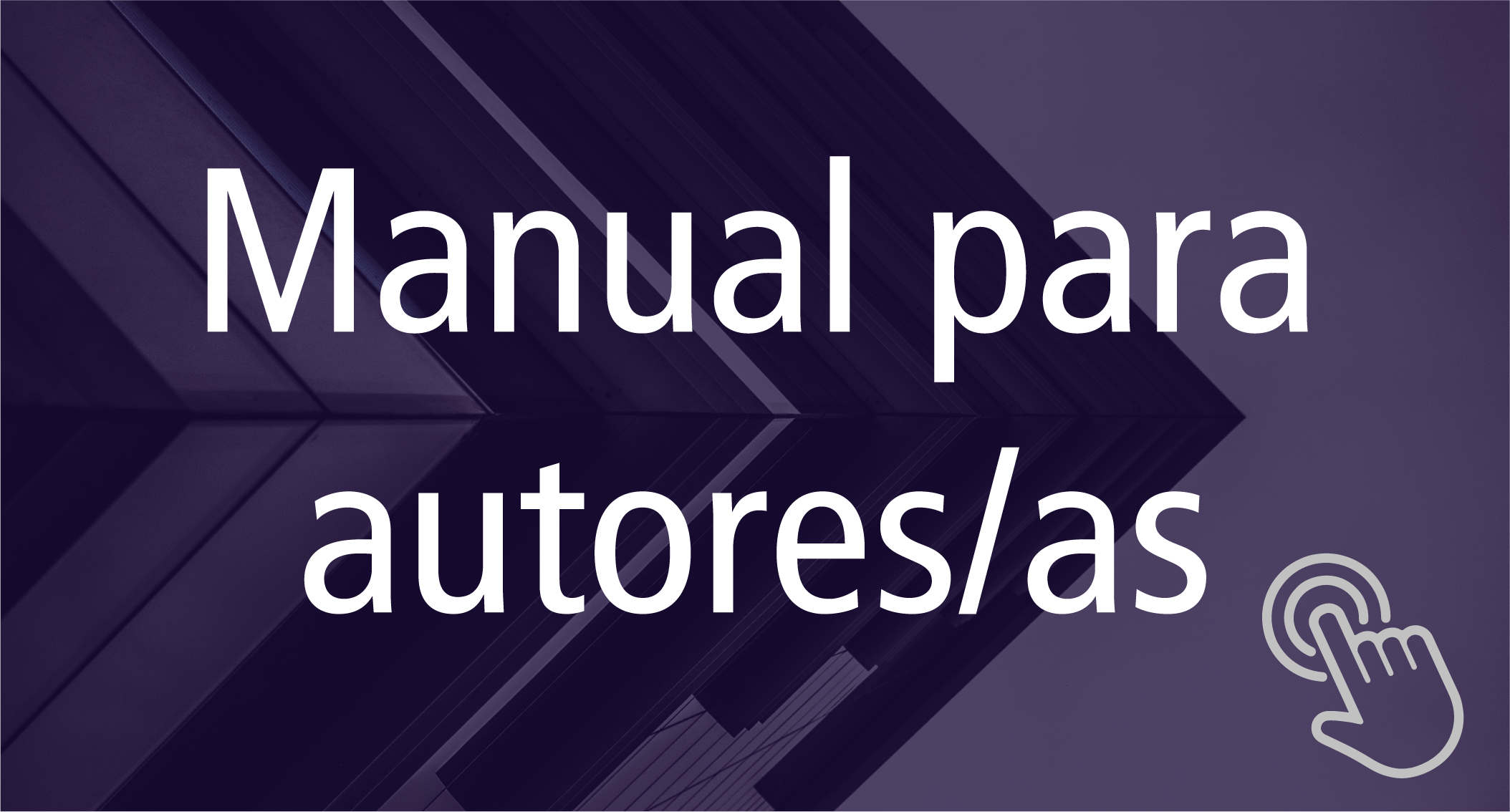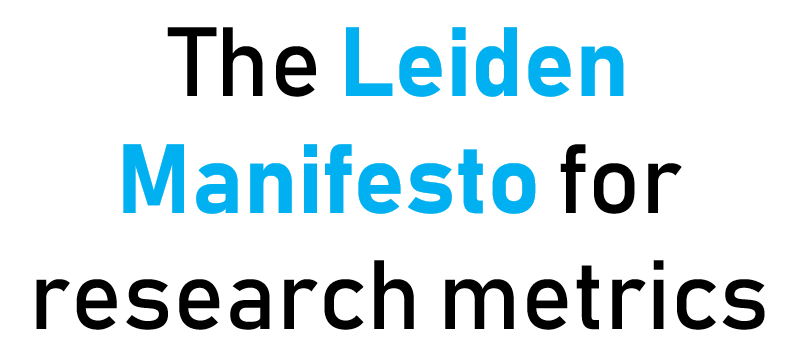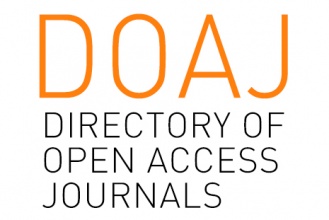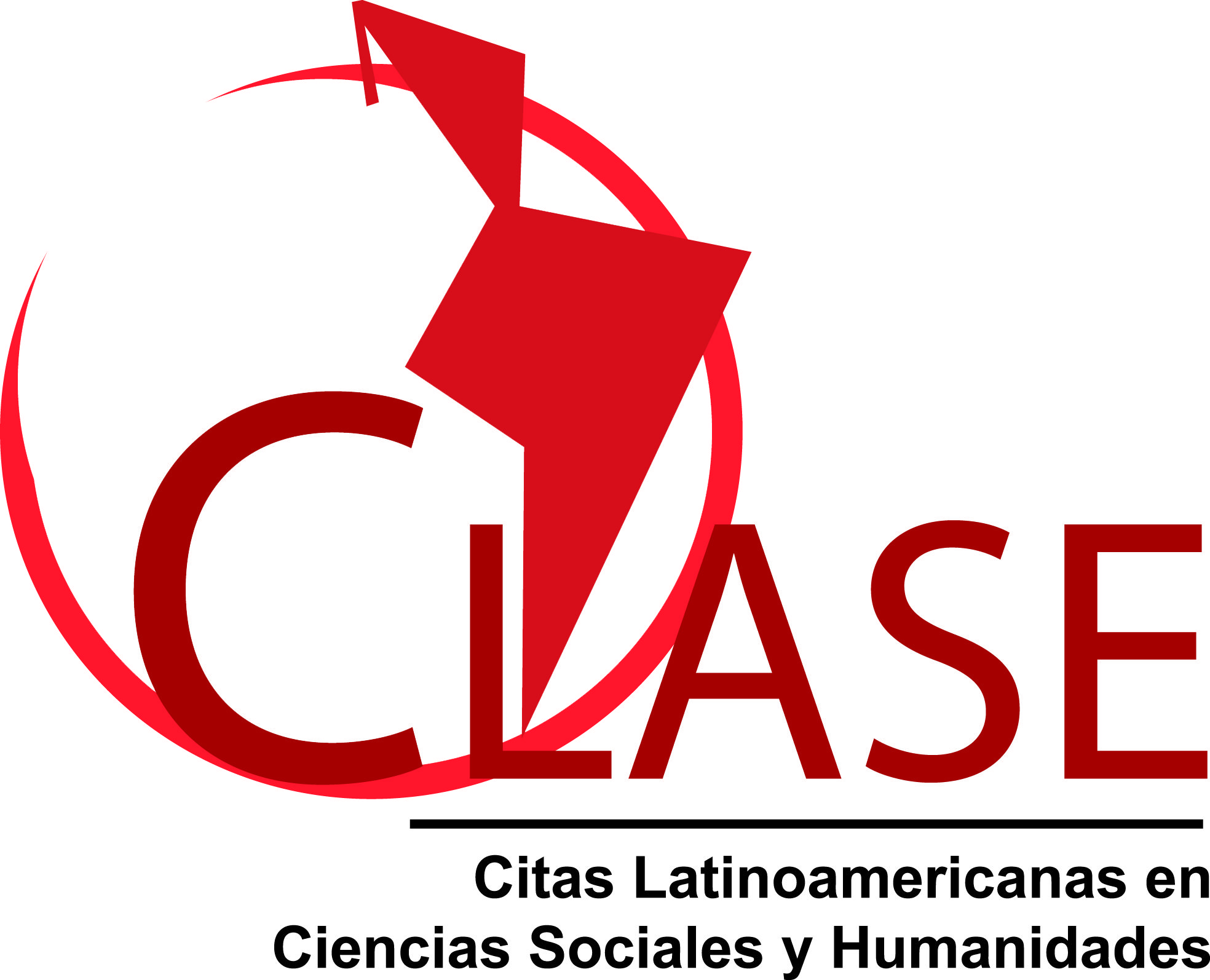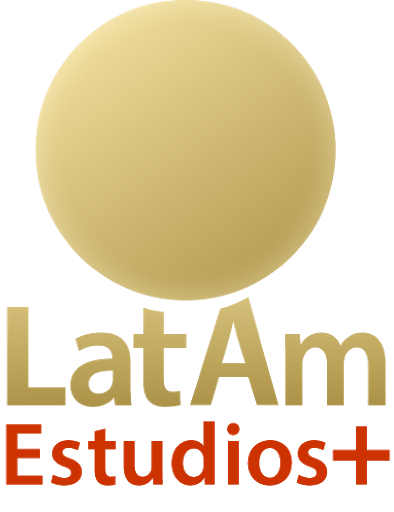Nuevas concepciones acerca de la mente
Abstract
El cartesianismo ha impregnado el pensamiento filosótico y científico accidental durante siglos, pero desde las últimas décadas del siglo xx han aparecido movimientos contestatarios significativos. Las tesis cartesianas más importantes cuestionadas han sido: a) el dualismo metafísico mente-cuerpo, que supone además la adopción sistemática de otros dualismos, b) el individualismo, c) el internalismo, que caracteriza la mente por sus relaciones internas y d) la identificación de la mente con la conciencia Estas tesis no solo fueron de importancia para la historia del pensamiento filosófico y científico, sitio que acarrearon consecuencias concretas en ámbitos como la educación y la practica científica. Presentaremos algunos de los cambios conceptuales que se han producido, opuestos al cartesianismo. Uno de ellos es la emergencia de categorías como las de mente corporizada, mente situada y extendida, y sus consecuencias en los distintos contextos, que se oponen especialmente al internalismo y al individualismo. La mente no es concebida como lo que está «dentro de la cabeza", sino que se la concibe de un modo que incluye elementos del entorno, sea este e1 medio natural, social y tecnológico. Otro caso significativo es el reconocimiento de estructuras mentales no conscientes, opuestas a la concepción que identifica mente con concienciaDownloads
Metrics
PDF views
125
Downloads
Published
2014-10-23
How to Cite
Gianella, A., Stigol, N. E., Garay, C. A., Bacigalupe, M. de los A., & Schwartz, N. (2014). Nuevas concepciones acerca de la mente. Journal of Psychology, 10. Retrieved from https://revistas.unlp.edu.ar/revpsi/article/view/1065
Issue
Section
Research articles
License
![]()
Authors who publish in this journal accept the following conditions:
- Authors retain the copyright and assign the right of first publication to the journal, with the work registered under a Creative Commons attribution license (CC-BY), which allows third parties to use what is published whenever they mention the authorship of the work and the first publication in this magazine.
- Authors can make other independent and additional contractual agreements for the non-exclusive distribution of the article published in this journal (e.g., include it in an institutional repository or publish it in a book) as long as they clearly indicate that the work was published for the first time in this magazine.
- Authors are allowed and encouraged to publish their work on the Internet (e.g., on institutional or personal webpages) before and during the review and publication process, as it can lead to productive exchanges and greater and faster dissemination of published work (see The Effect of Open Access ).

